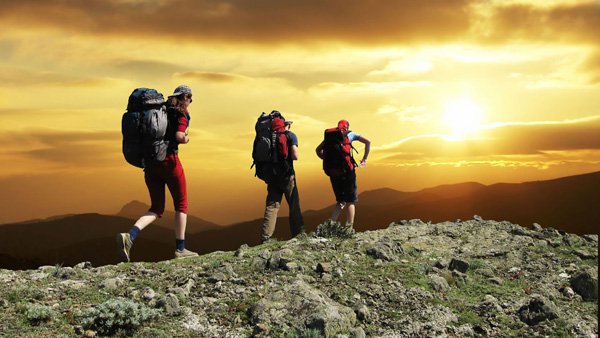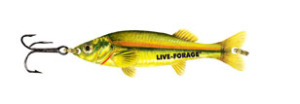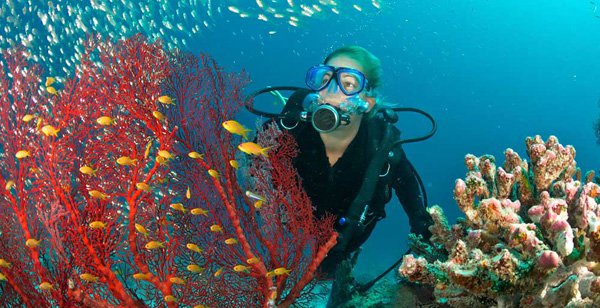Off-Shore Boating Safety
Question
I have a 28' Pursuit WA with twin 200 Yams. My boat holds 234 gallons of fuel. What would be considered the SAFE range for off-shore hunting? People tell me boats like mine visit the canyons off Barnegat Light, NJ when sea conditions permit. I'm skeptical for safety reasons.
Also, what should my boat be equipped with in order to feel SAFE at distances of greater than 10 miles off the beach?
Answer
John
Web site is not working. Will try again later or tomorrow.
How far you travel with your boat can only be determined by you. Here are some things you should consider when making that decission.
Fuel: Determine your miles per gallon as you would for an automobile. Then measure the distance you intend to travel. Figure no more than 40 percent of your fuel for the trip out since the return trip could be in a head sea should the weather conditions suddenly turn bad. This way you have an extra margine of safety should the return trip require the extra fuel due to weather and sea conditons.
Radio: VHF has limited range and would not be able to reach a land station from the canyon. When there are other boats making the run, it is possible to relay a message from one boat to another. However, for total independence a Single Side Band radio is the best way to insure you can communicate with the Coast Guard in an emergency.
EPIRB: A category I, Class I EPIRB with built in GPS would automatically transmit a signal allowing search and rescue craft to locate you in an emergency.
Safety Equipment: The minimum required is just that, minimum. Extra flares, a flare gun, one or two more fire extinguishers are just the start of what you might consider. Survival suits for each crew member are far superior to flotation vests. Better yet, a self inflating life raft.
Float Plan: The simplest and yet often most overlooked safety factor is the filing of a float plan with a reliable friend or relative. Be certain to include all information about the trip, where and when you are leaving, where you are going, when you are expected to return. Be as specific as possible and make sure that person notifies the Coast Guard if you are not home when expected. All identifying information about the boat should be included, type, size, make, color, engines, and any other features that would make potential rescue craft recognize it on the water. Also include a list and description of the people on board.
Buddy Boat: If possible, do not travel alone. One of more additonal craft making the same trip together is far safer than traveling alone. Even if no one you know is making the trip with you, you can still use the VHF to see what other boats are out there either ahead or behind you and keep in contact.
The final choice of just how far to go with your boat can only be made by you. Your experience and skill along with the condition and design of your boat will be the determining factors. Instead of going all the way to the canyon, why not try the boat in stages? Make a 10 or 15 mile trip and see how thing go. Then maybe one of 30 miles. Then 50. There are many boats fishing great distances in relative safety. It is your decission to decide just how far you feel it is safe to travel with your boat.
-Rich
Tackle
choice of reels


